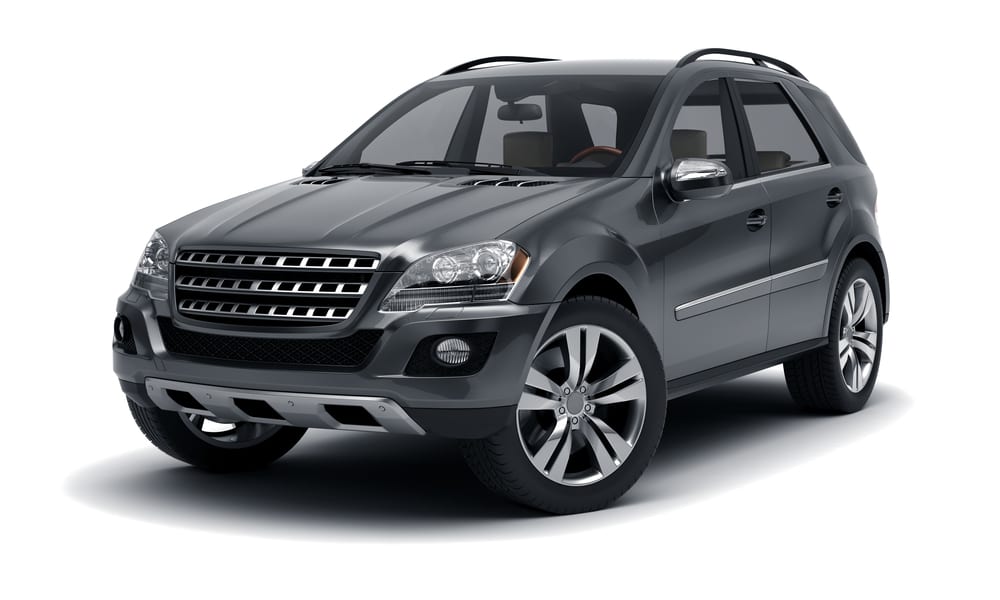Hyundai Tucson Cost Explained: What You Pay for Each Model
Shopping for a mid-size SUV means balancing features, performance, and price. The Hyundai Tucson stands out in this competitive segment with its bold styling, comprehensive warranty, and range of trim levels designed to meet different budgets and needs. Understanding what each model offers and how pricing breaks down across the lineup helps you make an informed decision that aligns with your priorities and financial situation.

Trim Lineup Breakdown & Pricing Guide
The 2025 Hyundai Tucson offers four distinct trim levels, each building upon the previous with additional features and capabilities. The base SE trim starts the lineup with essential features like an 8-inch touchscreen, Apple CarPlay and Android Auto compatibility, and Hyundai’s SmartSense safety suite. This entry-level model provides solid value for buyers prioritizing basic functionality and reliability.
Moving up, the SEL trim adds convenience features such as a power driver’s seat, roof rails, and upgraded interior materials. The Limited trim introduces premium touches including leather-appointed seating, a panoramic sunroof, and wireless device charging. At the top of the range, the Limited Hybrid combines luxury features with enhanced fuel efficiency through its hybrid powertrain system.
Each trim level represents a significant step up in equipment and refinement, with pricing reflecting these added features and technologies. The structured approach allows buyers to select the exact level of equipment they need without paying for unnecessary extras.
Fuel Economy & Performance Specs
The standard Tucson models feature a 2.5-liter four-cylinder engine producing 187 horsepower, paired with an eight-speed automatic transmission and available all-wheel drive. This powertrain delivers EPA-estimated fuel economy ratings of 26 mpg city and 33 mpg highway with front-wheel drive, dropping slightly to 24/29 mpg with all-wheel drive.
The Tucson Hybrid elevates efficiency significantly with its 1.6-liter turbocharged engine paired with an electric motor, generating a combined 226 horsepower. This system achieves impressive EPA estimates of 38 mpg city and 38 mpg highway, regardless of drive configuration. The hybrid system provides noticeably stronger acceleration while delivering substantially better fuel economy.
Performance characteristics vary between powertrains, with the hybrid offering quicker acceleration and smoother power delivery. The conventional engine provides adequate power for most driving situations, while the hybrid excels in both performance and efficiency metrics.
Which 2025 Tucson Trim Delivers the Best Value?
Value assessment depends on individual priorities, but the SEL trim often represents the sweet spot for most buyers. It includes key convenience features like heated front seats, a power driver’s seat, and roof rails while maintaining a reasonable price point. The SEL provides a substantial equipment upgrade over the base SE without reaching the premium pricing of higher trims.
For efficiency-focused buyers, the Limited Hybrid justifies its higher price through exceptional fuel economy and enhanced performance. The hybrid system’s fuel savings can offset the initial price premium over time, especially for drivers with longer commutes or higher annual mileage.
Budget-conscious buyers may find excellent value in the base SE trim, which includes all essential features and Hyundai’s comprehensive warranty coverage. The SE doesn’t sacrifice safety or connectivity, making it a practical choice for buyers prioritizing basic functionality over luxury features.
| Trim Level | Starting MSRP | Key Features | Fuel Economy (FWD) |
|---|---|---|---|
| SE | $27,700 | 8” touchscreen, SmartSense safety | 26/33 mpg |
| SEL | $30,200 | Power driver seat, roof rails, heated seats | 26/33 mpg |
| Limited | $34,500 | Leather seating, panoramic sunroof | 26/33 mpg |
| Limited Hybrid | $37,400 | Hybrid powertrain, premium features | 38/38 mpg |
Prices, rates, or cost estimates mentioned in this article are based on the latest available information but may change over time. Independent research is advised before making financial decisions.
The Tucson lineup demonstrates Hyundai’s commitment to providing options across different price points while maintaining consistent quality and safety standards. Each trim level offers distinct advantages, from the SE’s affordability to the Limited Hybrid’s efficiency and performance combination. Understanding these differences helps buyers select the model that best matches their needs and budget.
The mid-size SUV segment remains highly competitive, but the Tucson’s combination of warranty coverage, feature content, and pricing structure positions it well against established rivals. Whether prioritizing initial purchase price, long-term fuel costs, or feature content, the Tucson lineup provides options to meet diverse buyer preferences while delivering the reliability and value Hyundai has built its reputation on.




